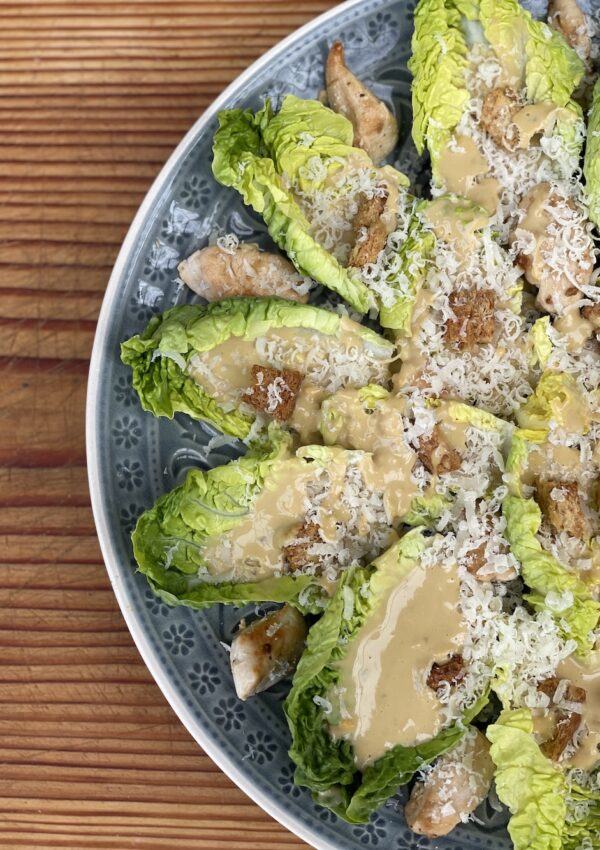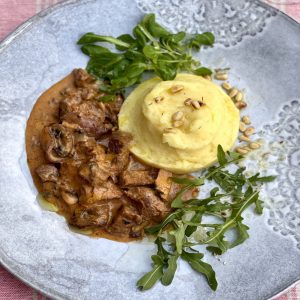Brioche is a French bread known for its soft texture, rich flavor, and characteristic shape. Its history dates back to the 17th century, during the reign of Louis XIV in France.
It is believed that brioche was invented in the 16th century, although its exact origin is uncertain. The word “brioche” is derived from the French term “broyer”, which means “to knead”. Initially, brioche was a simple bread made with flour, yeast, butter, and eggs.
However, it was at the court of Louis VI that brioche gained popularity and refinement. Legend has it that Queen Marie Antoinette said “If the people have no bread, let them eat brioches” when she was told that the people were suffering from a lack of food. Although there is no hard evidence that she uttered this ridiculous phrase, it became famous and helped to further popularize brioche.
During the 18th century, brioche was improved by using more butter and eggs, which gave it a smooth texture and a unique flavor. French bakers added more eggs to the dough, resulting in a rich, buttery, slightly sweet bread.
The brioche quickly became a symbol of luxury and sophistication in France and was enjoyed by nobility and high society. Its popularity continued to grow throughout the 19th and 20th centuries, and today it is one of the most appreciated and internationally recognized varieties of bread.
As well as being enjoyed as a simple bread, brioche is often used as the basis for various preparations in French gastronomy, such as the famous “croque-monsieur” and the “croque-madame”, warm sandwiches made with slices of brioche, ham and cheese. Brioche is also used in dessert recipes, such as “pain perdu”, a French version of the toast.
Over the years, brioche has also been adapted and reinterpreted in different cultures around the world, gaining regional variations and local ingredients. Today, brioche is appreciated for its versatility and unique combination of soft texture and rich flavor.
Brioche
INGREDIENTS:
500g flour
6 eggs (350g)
250g unsalted butter
25g sugar
10g salt
50g warm milk
25g baking powder (I used the fresh one, if using the dry one divide by 3)
Directions:
Pass the flour through the sieve directly into the bowl of the mixer. With your fingertips, make a hole in the mound of flour. Put the salt and sugar in the bowl and beat the dry ingredients for a few minutes, always using the dough hook.
Add the lightly beaten eggs. Dilute the biological yeast in the milk and add it to the dough.
When you lift the dough hook, i.e. open the mixer, and feel the dough falling slightly, slowly add the butter in three parts or more, it is important that it be completely dissolved before adding it again.
Now work the dough with both hands until it starts to loosen from the countertop; it may still be sticky, but keep stirring with a spatula or scraper if necessary, removing the bubbles.
Let it rise in a bowl for 1.5 hours or up to 2 hours (fermentation 1), covered with a kitchen towel, until doubled in size, in a place with about 25 degrees.
After rising, take your dough again, work it quickly and place it on the countertop to remove some of the air (ramprer); use the spatula or scraper if it is still sticky.
Leave it in the fridge for at least 2 more hours (fermentation two); I left it for 6 hours covered with cling film.
Your dough is ready!
With the dough ready, you will shape the brioche (into balls or long), place it in the pan, and let it rest for another 30 minutes (fermentation three). Meanwhile, preheat the oven.
After resting, brush a mixture of 1 egg, 40 ml milk and a pinch of salt on top and bake at 180-200 degrees Celsius until golden brown (about 20-30 min). Remove from the oven, set to cool and finish on the grill and your brioche is ready and wonderful!

STORAGE & REHEATING
-Storage: 2 days
-Reheating: Can be reheated in a toaster oven
-Freezing: as dough for 3 months






Leave a Reply
You must be logged in to post a comment.